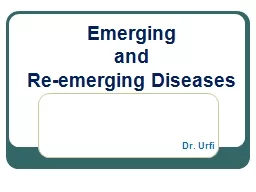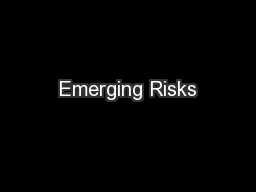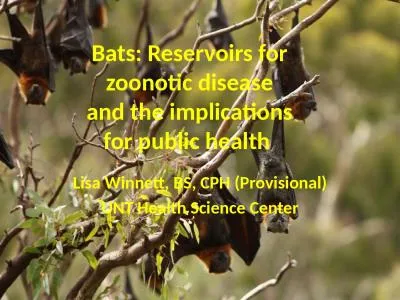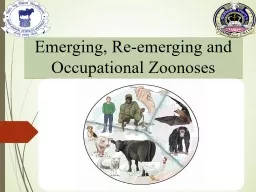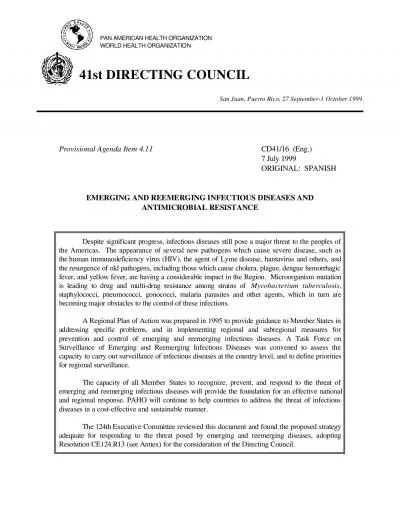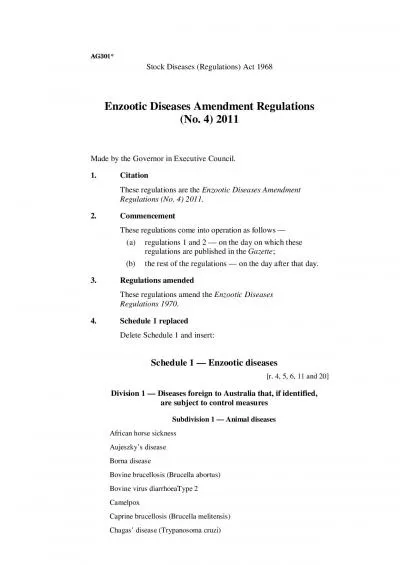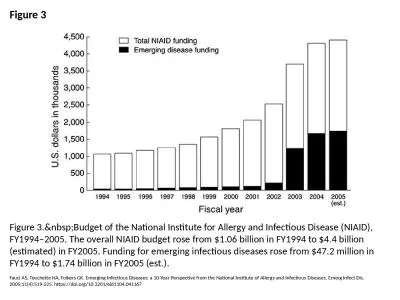PPT-Emerging and Re-emerging Diseases
Author : unita | Published Date : 2022-06-08
Dr Urfi COVID19 Zika AIDS Avian Influenza Ebola Marburg Cholera Rift Valley Fever Typhoid Tuberculosis Leptospirosis Malaria Chikungunya Dengue JE Antimicrobial
Presentation Embed Code
Download Presentation
Download Presentation The PPT/PDF document "Emerging and Re-emerging Diseases" is the property of its rightful owner. Permission is granted to download and print the materials on this website for personal, non-commercial use only, and to display it on your personal computer provided you do not modify the materials and that you retain all copyright notices contained in the materials. By downloading content from our website, you accept the terms of this agreement.
Emerging and Re-emerging Diseases: Transcript
Download Rules Of Document
"Emerging and Re-emerging Diseases"The content belongs to its owner. You may download and print it for personal use, without modification, and keep all copyright notices. By downloading, you agree to these terms.
Related Documents

